Every day, all over the world, USAID brings peace to those who endure violence, health to those who struggle with sickness, and prosperity to those who live in poverty. It is these individuals — these uncounted thousands of lives — that are the true measure of USAID’s successes and the true face of USAID's programs.
In the course of just one week, the African country of Zambia made remarkable gains in preventing the deaths of children under the age of five, reducing mortality rates by 30 percent. In a country where 70 percent of the population lives below the poverty line, a twice a year national Child Health Week is turning grim statistics into hopeful prospects.
"When the first irrigation project came to Khairkut, we were slow to register to work there. We had doubts about the project because lots of people had made promises to help us before but none of them delivered on their promises. Our forefathers went to their graves with hope in their hearts that these lands would be developed," said Mahmoud Ahmad, a worker at the second project in Khairkut District of Paktya Province.
Routine vaccinations can spare many Afghan children from the communicable diseases that not only make them ill but can even cause death. But with 80 percent of the estimated 25 million people living in rural areas, in a country the size of Texas, immunizing every child against measles, diphtheria, whooping cough, tetanus and polio represents no small challenge.
Afghans have been cultivating grapes for thousands of years. More than 50 varieties of table grapes are grown in the country. Grapes are vital for hundreds of thousands of Afghan farmers but the decades of conflict and turmoil have left their vineyards in bad shape. Before the conflicts, Afghan raisins commanded up to a 40 percent market share of the world markets.
One of the most important tasks in life is passing a professional skill from one generation to the next. Without this, skills may eventually become a lost art. With few craftsmen in Afghanistan, the opportunities for the next generation to learn the valuable skills have decreased. However, new opportunities have recently presented themselves through one of USAID’s stabilization projects in Kandahar Province.
With 68 percent of the population below the age of 25, Afghanistan has a large and growing youth population, most of whom have grown up during decades marked by political instability and violent conflict, and face uncertain futures. Access to education has been inconsistent, and often completely absent for rural and remote communities. For girls and young women, education was prohibited altogether during the Taliban years. While change is emerging, with an increased number of schools being established and increased ratios of girls and young women in school, young people are still struggling to find a voice and their place in this emerging democratic nation.
As a result of war and government instability, judicial training has been sporadic and largely inaccessible to women, with only 26 classes graduating over the 43-year history of the country’s Judicial Stage program. With USAID assistance, in May 2011, 140 students graduated from the Supreme Court’s Judicial Stage program, qualifying them to work as judges in courts throughout Afghanistan. As a whole, the 24 women in this year’s graduating class performed exceptionally well, taking nine of the top ten class positions.
Laleh wakes up early in the morning. The produce vendor jokes that even the roosters are still sleeping when he wheels his produce cart out onto the quiet Kandahari streets to take his daily supply of cucumbers to market.
Uruzgan province in Afghanistan’s south-central region is the birthplace of Mullah Omar and a hotbed of Taliban sympathizers. As a result, it suffers from high insecurity and frequent insurgent activity. Tirin Kot, the provincial capital with a population of about 10,000, has a busy main bazaar that includes more than 200 shops, a hospital, a police station, and a number of private residences. It was widely agreed that public lighting was needed to extend business hours in the bazaar and also help secure the area during the night hours, particularly for security forces patrolling the area after dark.

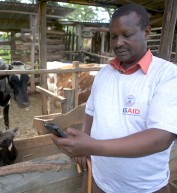
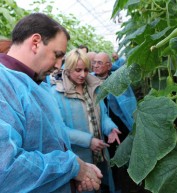
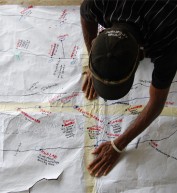
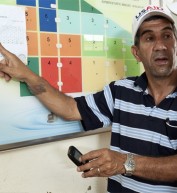

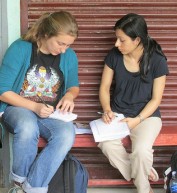
Comment
Make a general inquiry or suggest an improvement.